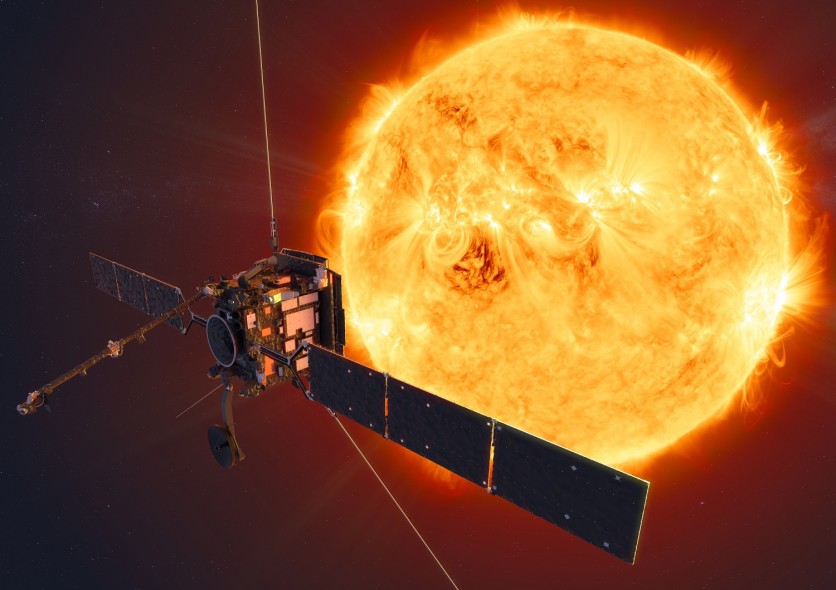The Solar Orbiter has completed its first close pass of the sun last month and took some amazing photos of the star showing some tiny bursts or campfires.
NASA published the images on Thursday on their website, noting that these are the "closest ever" photos of the sun.

The Solar Orbiter is a joint mission between NASA and the European Space Agency launched in February and it passed by the sun within 48 million miles. While other spacecraft went the closer distance, they did not bring sun-facing imagers, so they were not able to take photos of the star.
In contrast, Solar Orbiter is packed with six imaging instruments and each of them studies a different aspect of the sun. The Extreme Ultraviolet Imager captured small bright spots in the middle of yellow and gray swirls, which are called "campfires."
#SolarOrbiter has made its first close pass by the Sun, studying our star and space with a comprehensive suite of instruments — and the data is already revealing previously unseen details. This is #TheSunUpClose. https://t.co/rVMjz45DoY pic.twitter.com/YLKBXRNQZb — NASA Sun & Space (@NASASun) July 16, 2020
Principal investigator David Berghmans, an astrophysicist at the Royal Observatory of Belgium in Brussels, said these campfires are related to solar flares, which is smaller by at least a million times. Berghmans noted that these spots are everywhere at the new high-resolution EUI images.
ESA's Solar Orbiter project scientist Daniel Müller said they did not expect to see "such great results" this early. "These images show that Solar Orbiter is off to an excellent start," Müller added.
NASA project scientist for the mission Holly Gilbert said these images will help scientists to reconstruct the Sun's atmospheric layers. It is significant for understanding how it affects space weather across the solar system.

To know for certain what these campfires are and what they mean, scientists will need to use a different instrument on the spacecraft to take a more precise temperature measurement.
The discovery comes at the very beginning of a years-long mission, which aims to provide the first-ever look at the sun's poles.
"No simple feat"
Due to the coronavirus pandemic, the European Space Operations Center, or ESOC mission control in Darmstadt, Germany was completely shut down for over a week. Thus, when each instrument is extensively tested, ESOC was operating with a skeleton staff while everyone else worked from home.
Russell Howard, the principal investigator for one of Solar Orbiter's imagers, said they were forced to remotely perform critical operations, which is the first time them to do.

Meanwhile, aside from the sun's images, four situ instruments in the mission also revealed initial data about the space environment that surrounds the Solar Orbiter. The Solar Wind Analyser released the first dedicated measurements of oxygen, carbon, iron, silicon, and other heavy ions in the solar wind.
Operators will use the gravity of Venus to gradually shift the spacecraft's orbit out of the plane in which planets in the Solar System orbit the sun, giving Solar Orbiter an unprecedented view of the sun's poles. Scientists are keen to study activity there to better understand the behavior of the sun's magnetic field, which helps create the solar wind that impacts the environment of the entire solar system.
Meanwhile, the Solar Orbiter will be cruise phase until November 2021 before it begins the primary phase of its mission. In 2022, the spacecraft's first close pass by the sun will be at "about a third the distance" between the sun and the Earth.
Read Also: First Detailed Close-up Picture of the Sun Shows How Insanely Hot This Huge Star is
ⓒ 2025 TECHTIMES.com All rights reserved. Do not reproduce without permission.




